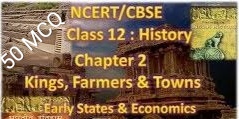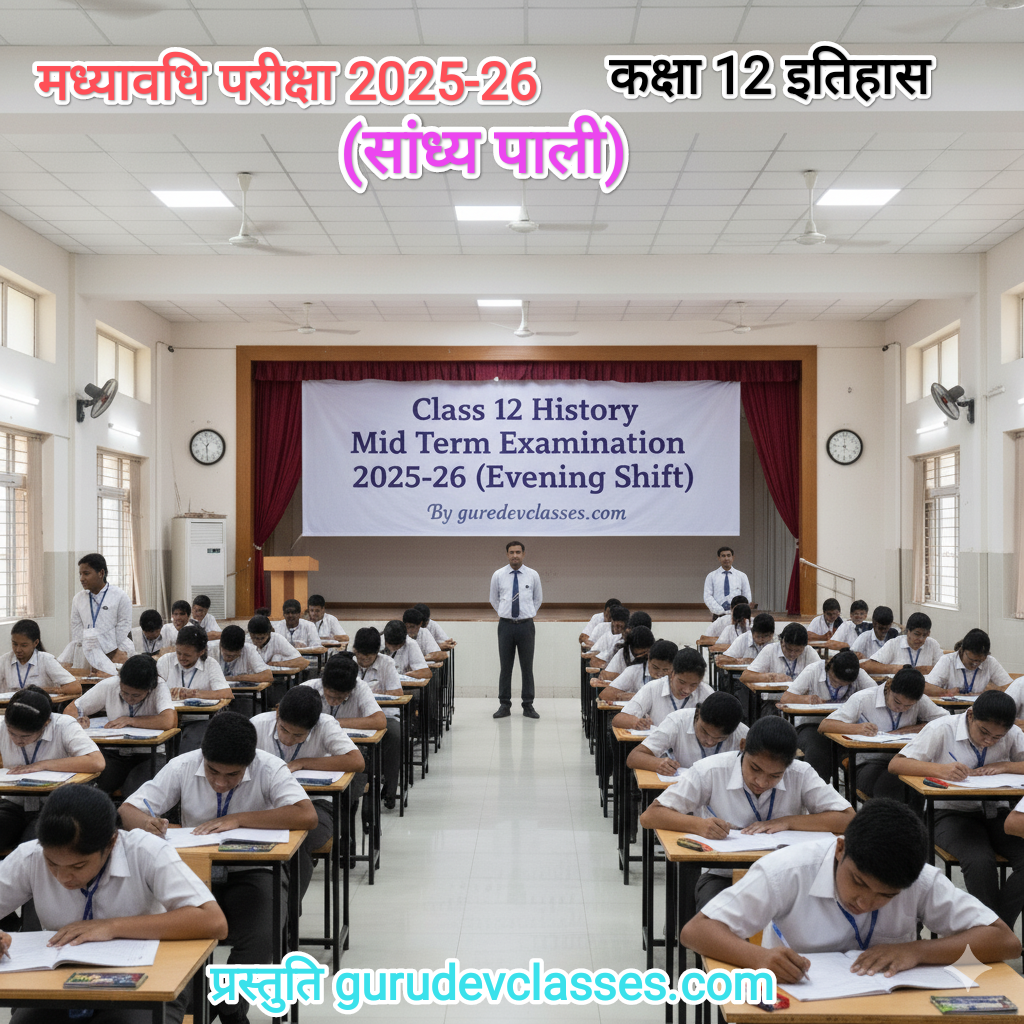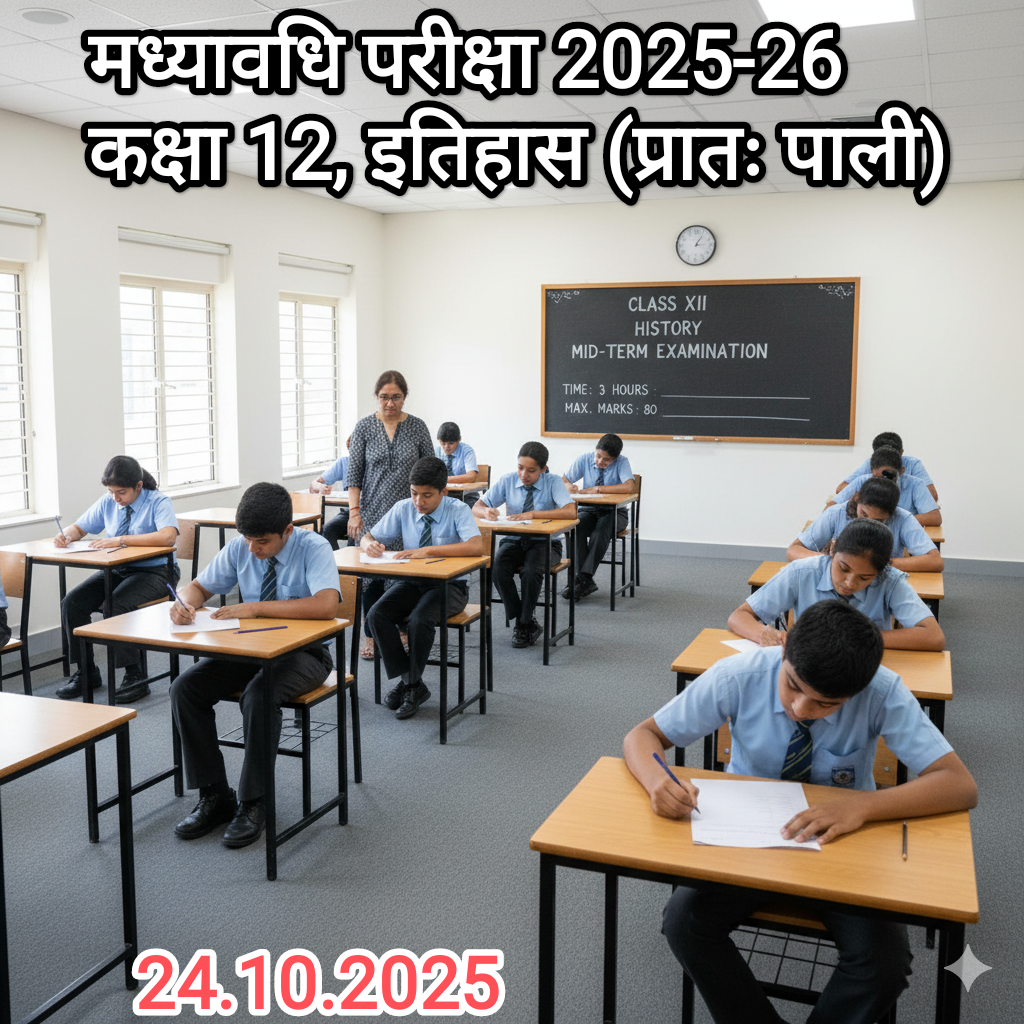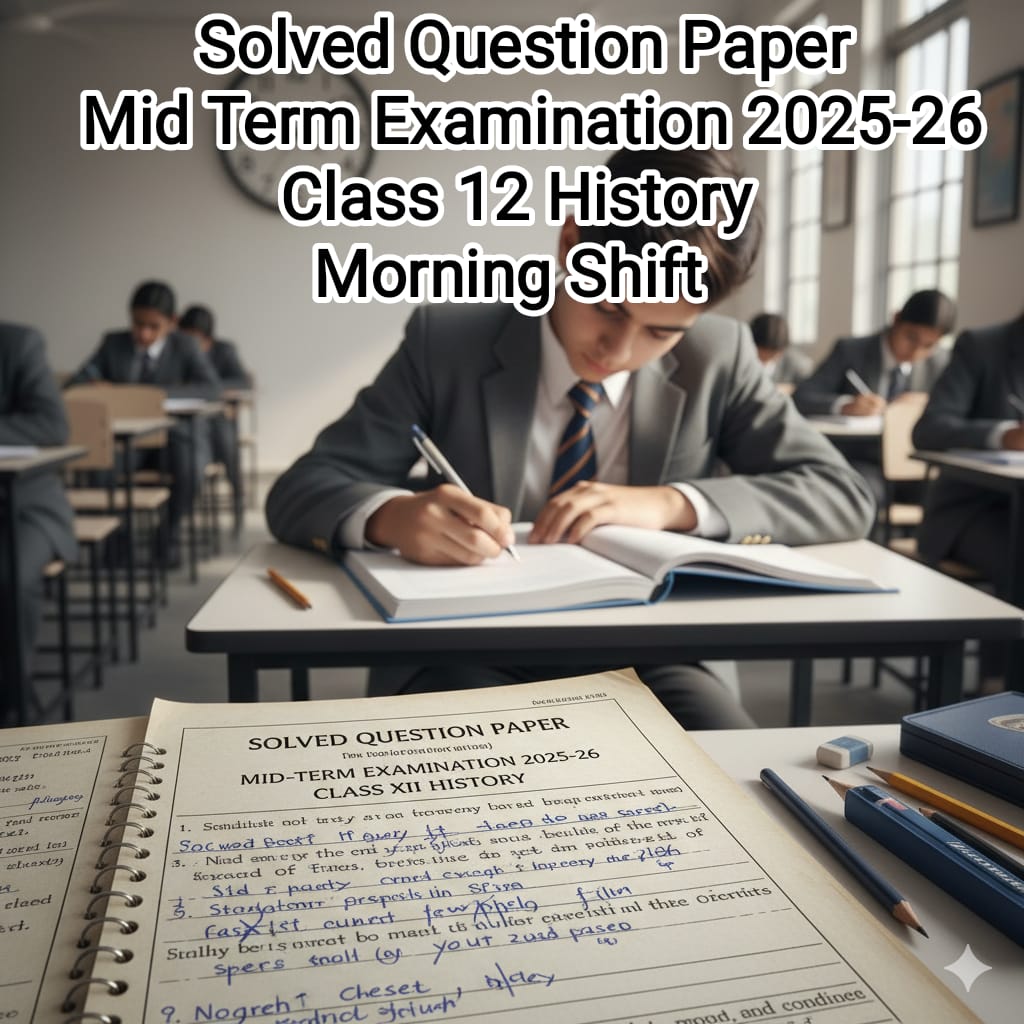- Who composed the Prashasti of Samudragupta?
- A. Banabhatta
- B. Kalidasa
- C. Harisena
- D. Vishakhadatta
➤ ✔ C. Harisena
- What is the meaning of ‘Prashasti’?
- A. Inscription on coins
- B. Praise of a king
- C. Religious text
- D. War report
➤ ✔ B. Praise of a king
- The most famous ruler of the Gupta dynasty was:
- A. Chandragupta I
- B. Samudragupta
- C. Skandagupta
- D. Kumaragupta
➤ ✔ B. Samudragupta
- Which script was used in Ashokan inscriptions in the northwest?
- A. Brahmi
- B. Kharosthi
- C. Tamil
- D. Sanskrit
➤ ✔ B. Kharosthi
- The earliest inscriptions in Brahmi script were written in which language?
- A. Sanskrit
- B. Prakrit
- C. Tamil
- D. Pali
➤ ✔ B. Prakrit
- Who was the founder of the Maurya Empire?
- A. Ashoka
- B. Bindusara
- C. Chandragupta Maurya
- D. Kanishka
➤ ✔ C. Chandragupta Maurya
- The Arthashastra was written by:
- A. Ashoka
- B. Kautilya
- C. Samudragupta
- D. Harshavardhana
➤ ✔ B. Kautilya
- The capital of the Mauryan Empire was:
- A. Ujjain
- B. Taxila
- C. Pataliputra
- D. Magadha
➤ ✔ C. Pataliputra
- Ashokan inscriptions were mainly written on:
- A. Gold
- B. Rock edicts and pillars
- C. Palm leaves
- D. Clay tablets
➤ ✔ B. Rock edicts and pillars
- Who was Megasthenes?
- A. Roman trader
- B. Greek ambassador
- C. Indian king
- D. Tamil poet
➤ ✔ B. Greek ambassador
- The title “Devanampiya” used by Ashoka means:
- A. Dear to the army
- B. Beloved of the gods
- C. Lord of the earth
- D. Conqueror of the world
➤ ✔ B. Beloved of the gods
- The Ashokan edicts are in which script in most parts of India?
- A. Kharosthi
- B. Tamil-Brahmi
- C. Brahmi
- D. Devanagari
➤ ✔ C. Brahmi
- Which of the following texts is a Buddhist chronicle?
- A. Arthashastra
- B. Dipavamsa
- C. Manusmriti
- D. Mahabharata
➤ ✔ B. Dipavamsa
- Ashoka’s dhamma did not promote:
- A. Respect for elders
- B. Killing of animals for sacrifices
- C. Kindness to slaves
- D. Religious tolerance
➤ ✔ B. Killing of animals for sacrifices
- Who introduced the concept of ‘dhamma’?
- A. Gautam Buddha
- B. Kautilya
- C. Ashoka
- D. Mahavira
➤ ✔ C. Ashoka
- The term ‘Janapada’ refers to:
- A. Village
- B. Capital city
- C. Settlement of a tribe
- D. Farmer’s land
➤ ✔ C. Settlement of a tribe
- The official language of Mauryan administration was:
- A. Sanskrit
- B. Pali
- C. Prakrit
- D. Tamil
➤ ✔ C. Prakrit
- Which material was not used in Ashokan inscriptions?
- A. Stone
- B. Copper
- C. Wood
- D. Pillars
➤ ✔ C. Wood
- Which text contains the duties of a king?
- A. Manusmriti
- B. Rigveda
- C. Arthashastra
- D. Ramayana
➤ ✔ C. Arthashastra
- Punch-marked coins were mostly made of:
- A. Gold
- B. Silver
- C. Copper
- D. Iron
➤ ✔ B. Silver
- In which language is the Allahabad Prashasti composed?
- A. Pali
- B. Sanskrit
- C. Prakrit
- D. Tamil
➤ ✔ B. Sanskrit
- The word ‘Gahapati’ refers to:
- A. King
- B. Village priest
- C. Householder
- D. Slave
➤ ✔ C. Householder
- Which dynasty issued gold coins with the image of the ruler?
- A. Maurya
- B. Gupta
- C. Shunga
- D. Nanda
➤ ✔ B. Gupta
- The term ‘Bhaga’ in Mauryan period was related to:
- A. Religion
- B. Tax
- C. Land grants
- D. Trade
➤ ✔ B. Tax
- Which Mauryan ruler was called the “Priyadarshi”?
- A. Chandragupta
- B. Bindusara
- C. Ashoka
- D. Dasharatha
➤ ✔ C. Ashoka
- Which of the following was an important port in the Sangam Age?
- A. Puhar
- B. Mathura
- C. Ujjain
- D. Pataliputra
➤ ✔ A. Puhar
- What was the main occupation of people during the early historic period?
- A. Pottery
- B. Agriculture
- C. Carpentry
- D. Weaving
➤ ✔ B. Agriculture
- Which archaeological site is associated with ancient trade?
- A. Lothal
- B. Arikamedu
- C. Mohenjodaro
- D. Kalibangan
➤ ✔ B. Arikamedu
- The term ‘Shramik’ refers to:
- A. Traders
- B. Soldiers
- C. Labourers
- D. Kings
➤ ✔ C. Labourers
- ‘Vellalar’ in Sangam literature were:
- A. Warriors
- B. Slaves
- C. Landowners
- D. Merchants
➤ ✔ C. Landowners
- Which literary source provides information about ancient Tamil society?
- A. Manusmriti
- B. Sangam literature
- C. Arthashastra
- D. Ramayana
➤ ✔ B. Sangam literature
- The term ‘Karshapanas’ was used for:
- A. Land tax
- B. Weights and measures
- C. Punch-marked coins
- D. Gold ornaments
➤ ✔ C. Punch-marked coins
- The Mahajanapada ‘Magadha’ was located in present-day:
- A. Odisha
- B. Bihar
- C. Madhya Pradesh
- D. Uttar Pradesh
➤ ✔ B. Bihar
- The most powerful Mahajanapadas were:
- A. 8
- B. 10
- C. 16
- D. 20
➤ ✔ C. 16
- The ruler who adopted the title “Maharajadhiraja” was:
- A. Harshavardhana
- B. Ashoka
- C. Samudragupta
- D. Chandragupta I
➤ ✔ C. Samudragupta
- ‘Viharas’ were:
- A. Forts
- B. Villages
- C. Buddhist monasteries
- D. Royal palaces
➤ ✔ C. Buddhist monasteries
- ‘Nagaraka’ in Mauryan administration was:
- A. Head of the army
- B. Judge
- C. City administrator
- D. Tax collector
➤ ✔ C. City administrator
- The ‘Sangam’ assemblies were held in:
- A. Tamil Nadu
- B. Maharashtra
- C. Kerala
- D. Andhra Pradesh
➤ ✔ A. Tamil Nadu
- The Sanchi Stupa was built during the reign of:
- A. Ashoka
- B. Harsha
- C. Kanishka
- D. Samudragupta
➤ ✔ A. Ashoka
- The term ‘Dhamma Mahamatta’ refers to:
- A. Ashokan officials
- B. Buddhist monks
- C. Royal guards
- D. Tax collectors
➤ ✔ A. Ashokan officials
- What was the function of the ‘Samaharta’?
- A. Minister of war
- B. Collector of taxes
- C. Governor
- D. Commander
➤ ✔ B. Collector of taxes
- Which ancient city was known for its cloth and textile trade?
- A. Pataliputra
- B. Ujjain
- C. Mathura
- D. Arikamedu
➤ ✔ D. Arikamedu
- What was the duty of ‘Amatyas’ during Mauryan rule?
- A. Priests
- B. Officials
- C. Writers
- D. Artisans
➤ ✔ B. Officials
- Which dynasty is famous for issuing gold coins?
- A. Nanda
- B. Maurya
- C. Gupta
- D. Sunga
➤ ✔ C. Gupta
- The land grants given to Brahmanas were known as:
- A. Devadana
- B. Brahmadeya
- C. Nishka
- D. Bhaga
➤ ✔ B. Brahmadeya
- The city of Puhar was located on the river:
- A. Kaveri
- B. Godavari
- C. Krishna
- D. Narmada
➤ ✔ A. Kaveri
- The Brahmanical texts were mostly composed in:
- A. Prakrit
- B. Sanskrit
- C. Tamil
- D. Pali
➤ ✔ B. Sanskrit
- Who among the following is not associated with Sangam literature?
- A. Kapilar
- B. Avvaiyar
- C. Ilango Adigal
- D. Kalidasa
➤ ✔ D. Kalidasa
- The main source of revenue during Mauryan rule was:
- A. Salt tax
- B. Water tax
- C. Land revenue
- D. Custom duties
➤ ✔ C. Land revenue
- The term ‘Vishti’ refers to:
- A. Land tax
- B. Forced labour
- C. Slave soldier
- D. Loan system
➤ ✔ B. Forced labour








Guj